Comics publishing has hit a bit of a slowdown, as I’ve noted a few times, and Kickstarter seems to be picking up the slack for a lot of publishers. Comicker’s Dave Acampo wrote a piece looking at this, mostly about his own Kickstarter for Comicker, but he has some general observations and a pie chart of where the money goes, prepared by Comicker publisher Sean Williams:
The transparency is key here. The bulk of the cost goes to printing and shipping. To have art as a physical object, this is always going to be the way. But look at what’s next on that pie chart: creator royalties.
Handled right, you’re not funding a publisher. You’re buying a book that you connect with for some reason. You’re pre-ordering a book that you may not be able to find in a comic book shop. You’re paying the creators for their work. In the case of LOST ANGELS and THE CASEBOOK OF RABBIT BLACK on Comicker, the books are already available digitally in several forms, but we’re trying to turn them into physical objects for folks who want to read and support art in that way.
There’s been a bumper crop of Kickstarters of late. Rosy Press, the small press devoted to updating romance comics, is wrapping up a Kickstarter for a special print edition. At a $39,000 funding level, this campaign was languishing about about $10k below that until publisher Janelle Asselin made a Tumblr post that made it clear that this KS was a second funding round for the publisher:
We have less than a week left of the Kickstarter, so here’s some realness from me to you: because we’re going to print the week the KS ends, we are *ONLY* printing as many copies of the KS exclusive edition as are ordered. That means it is an exclusive edition that there will be NO MORE available of beyond what’s purchased through the Kickstarter. If you like that Kevin Wada cover, you should back the Kickstarter. We won’t even be selling them at conventions.
Some more realness: the money from the Kickstarter is going straight to Rosy Press to fund the KS Print edition. Any money raised above and beyond the cost of the print edition will go towards more Fresh Romance. If you love what Rosy Press is doing, it’s important that you support our Kickstarter. We cannot move forward without your support.
Almost overnight the campaign got funded, and is now well on its way to a happy finish.
UPDATE: As pointed out in the comments, the Kickstarter Juggernaut, Spike Trotman, helped spread the word about this KS in a blog post and this surely helped get this project funded.
2D Cloud, am ambitious experimental publisher in the art comix field, just wrapped up raising over $16k for books by Andrew Burkholder, Austin English and Sarah Ferrick and two anthologies. Not quite household names, but important ones to those in the know. Once again, this was a funding round:
We are aiming towards putting out 12 books a year by exciting, boundary-pushing authors. But to continue our upward trajectory we need support. We’re having a Kickstarter for our late winter / early spring titles. This book bundle is a small macro anthology, bringing together exciting authors with singular visions. And we’re offering these direct to our audience at a significant discount – $9 digital, $39 print. Bought separately at retail, these books would total $86.
The last 9 years has seen us pouring our hearts and entire beings into everything that we do. Every day, we wake up and bet the farm. Financially and emotionally. It’s exhausting, but we love it. We love the artists we work with, we love the books we produce, we love our readers. We don’t ever want to stop. The struggle is real. And the stakes keep growing.
If you value daring, exciting, boundary pushing work that continues some of the legacy you might have seen at a Sparkplug, Picturebox, Buenaventura – please consider supporting us by backing.
There is a lot of risk involved for us to continue putting out highly creative material. We’re a very small company. If what we are doing is important to you, please help us in getting the word out now and by becoming a backer.
Nice touch mentioning the publishers that didn’t make it. The danger is real.
Retrofit Comics, a well established imprint that’s put out work by many major cartoonists, just announced their own spring funding round, and are now $9000 into a $36000 campaign.
The Queer Japan campaign for a documentary about is still unfunded with 31 hours and $5k to go. Hard to believe a program this important won’t get funded, but movies and documentaries traditionally have a hard time making their nut. I’m including it here because it’s from the MASSIVE team of Graham Kolbeins and Anne Ishii and has a lot of support from the comics community.
The Queer Japan Project is a multimedia documentary providing portraits of a diverse group of individuals from across the spectrum of gender and sexuality in Japan.
Artists, activists, community leaders, and everyday people will share an intimate look into the everyday triumphs and struggles of being a sexual minority in modern Japan. Through in-depth interviews and slice-of-life vignettes, Queer Japan will celebrate queer expression in Japan in many of its dazzling, prismatic varieties.
So far, director Graham Kolbeins and co-writer Anne Ishii (who are also collaborators atMASSIVE GOODS) have shot one week of interviews in Tokyo with artists like gay manga master Gengoroh Tagame, drag queen and renaissance woman Vivienne Sato, and controversial manko [pussy] artist Rokudenashiko. We also sat down with groundbreaking HIV activist, writer, and magazine editor Hiroshi Hasegawa, visual artist Nogi Sumiko, dancerAtsushi Matsuda of the renowned butoh group DAIRAKUDAKAN, and bar owner Masaki C. Matsumoto.
I’ve also mentioned the Soulcraft/Vines Kickstarter, which aims to bring a very long gestating project to print, is at $2300 of $10k about halfway through, despite having arguably the highest profile creators, including Paul Pope, Darick Robertson and Inaki Miranda.
Of course this only skims the surface of the new and ongoing comics-based Kickstarters going on right now, but you can see the pattern. The fundraising round is critical.
All the way back in 2012, Todd Allen asked “Is Kickstarter the #2 Graphic Novel Publisher?” and answered in the affirmative. This piece drew a very strong response from Steven Padnick at Tor.com who thought the idea was hooey.
None of which relates to the number he uses for DC Comics, which is the net income DC received from selling graphic novels at comic book stores. That doesn’t include the amount DC made selling single issue comic books in the comic book stores (of which they sell over fifty two, everymonth), or any sales in prose bookstores (who buy up all those copies of Watchmen), and totally ignores that for every dollar DC makes in publications, they make two in licensing.
So DC’s net income from selling graphic novels at comic book stores and Kickstarter’s total fundraising for comics projects are barely related. If Allen knew how many Kickstarter projects were actually published in a month, and what the average page rate was for each project, then compared that to how much new material DC Comics put out that same month, and their page rates, then we could actually compare. But he doesn’t have that information, so he can’t.
Are a lot of comics projects being funded through Kickstarter? Yes. Are they being published by, on, or for Kickstarter? No. Are projects funded through Kickstarter outselling DC Comics, or Image, or Dark Horse? No.
I’m pretty sure Allen’s take was on the right side of history here, even if Kickstarter is merely a “tool” and not an active publisher. Padnick’s response seems to be one of the typical ones from the publishing world that initially resisted Kickstarter’s crucial place in the publishing world.
As the above examples make clear, Kickstarter is an essential form of funding for an increasing number of small publishers. (And sometimes not so small, as the Fantagraphics kickstarter and aborted Archie Kickstarter show.)
And as Acampo wrote above, for funders Kickstarters are not so much about getting a product (although there is a shopping aspect to it) as supporting an idea or community. The Rosy Press fans rallying, or 2D Cloud and Retrofit readerships being educated enough to know they need to support these publishers at the pre-press stage, are clear examples. I know hiring people to do PR for Kickstarters is a thing now, but the community building ahead of a Kickstarter is even more important, and most importantly, can’t be faked.
For instance, here’s Wilde Life, a comic I never heard of by a creator I never heard of that just raised $77,000 or more than 300% of their goal. How and who? Ah, it’s a webcomic that’s been running for two years. And the art is quite attractive. People scoff at the power of exposure and web serialization but it’s a critical component of the ecosystem.
You could look at the indie comics world’s increasing reliance on crowdfunding as a rebuke to a retail system that doesn’t support challenging or truly independent work. Setting up basically a PR platform as the only middle man in a system that sees the creator become the distributor has both risks and rewards. Certainly, a few early Kickstarters have gotten hung up on just how much work it is, the Scary Godmother doll being a strong example. And some books have dragged on just as long as they would have with a publisher, Starstruck being an example.
Stepping outside the comics window for a bit, Kickstarter has become a key component of many industries. Board games seem to be one of the most popular category on Kickstarter, with six figure campaigns common. However Technology has the highest level of huge campaigns with what seems like the greatest cat potty ever currently riding high at $805,000. (Note: this litter box needs a lid. Sensible sifting doesn’t eliminate litter spray from overenthusiastic digging!)
Litter boxes have a well established distribution system in place already; indie board games don’t. Comics are somewhere in the middle. It’s very clear that without Kickstarter many of our most beloved indie publishers would be struggling even more than they do. But how many times can that reader dollar go around?


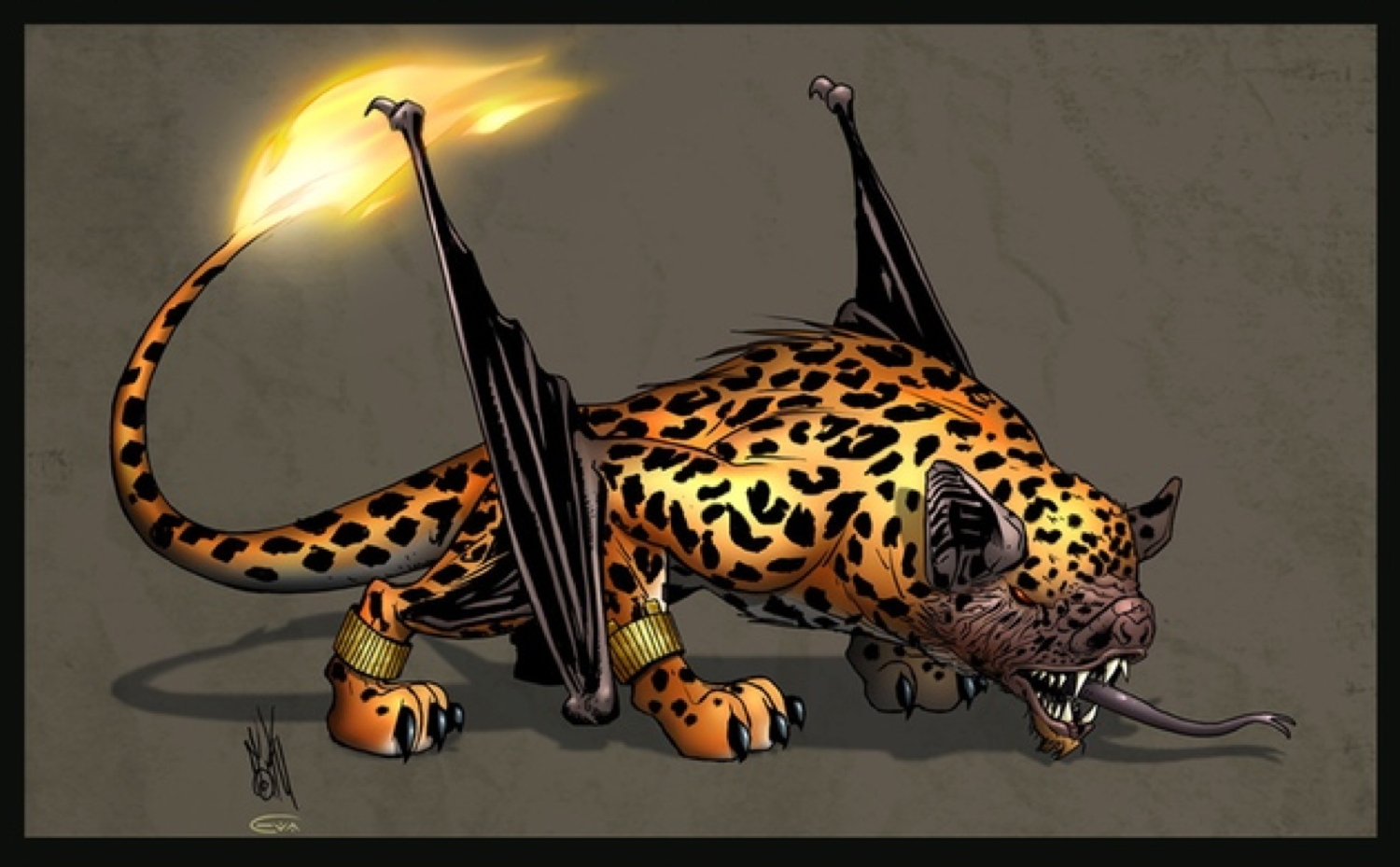
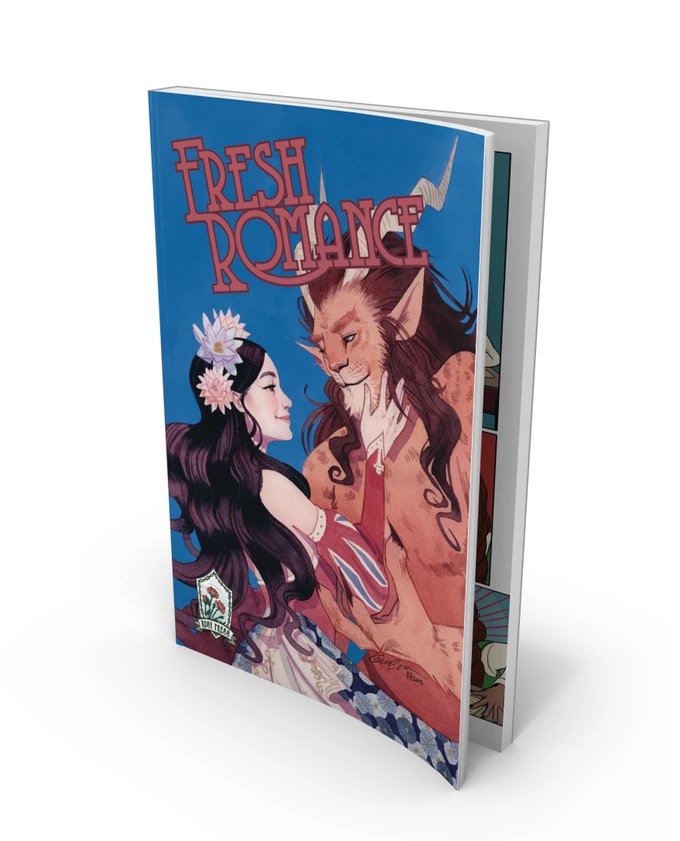
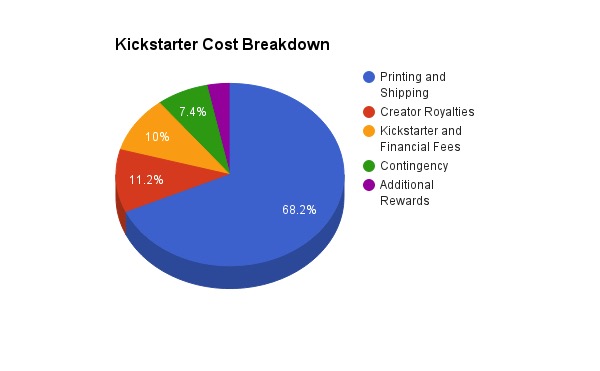
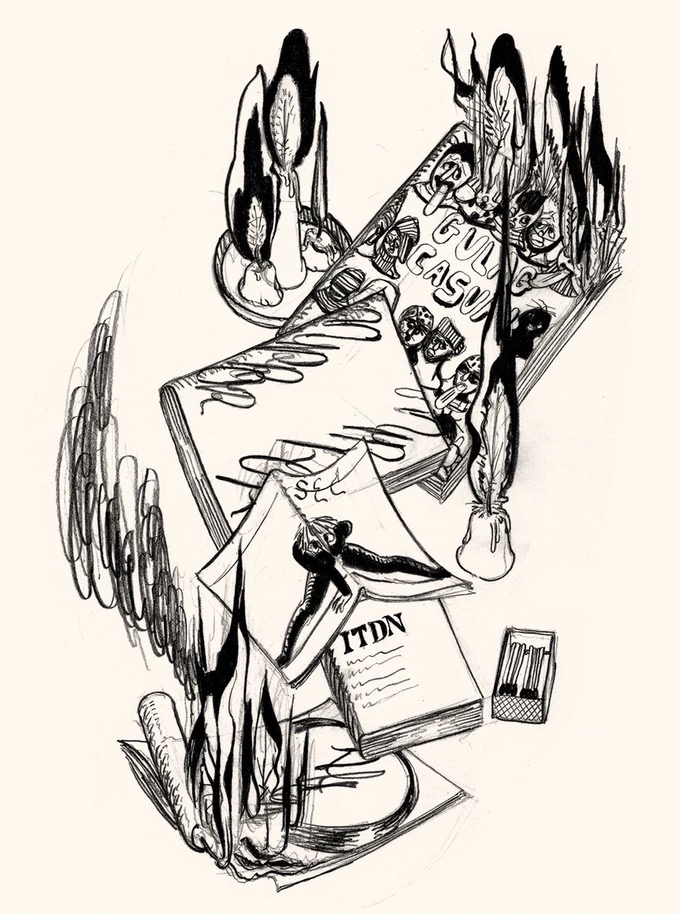
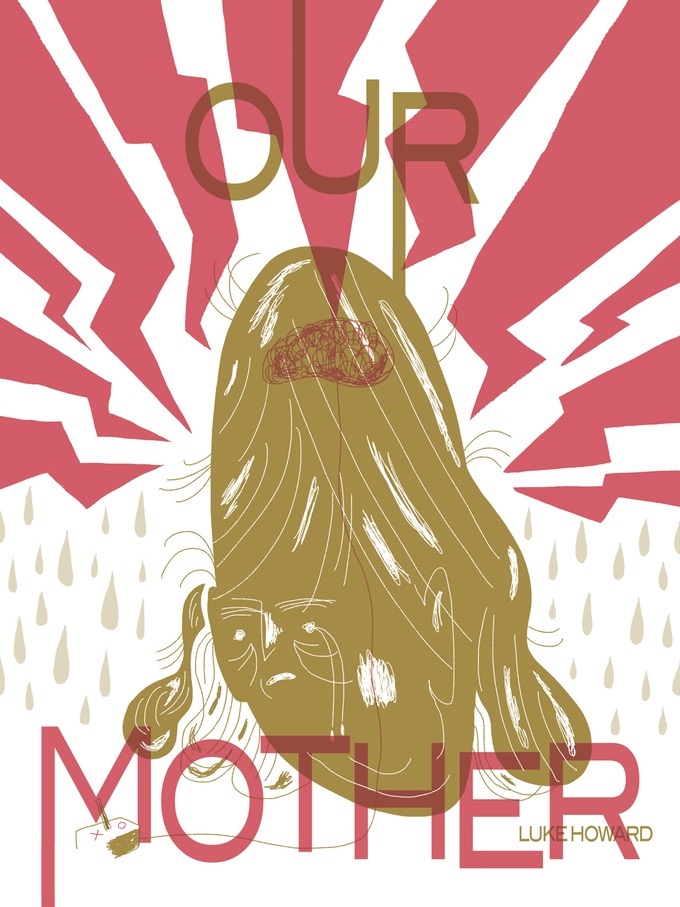


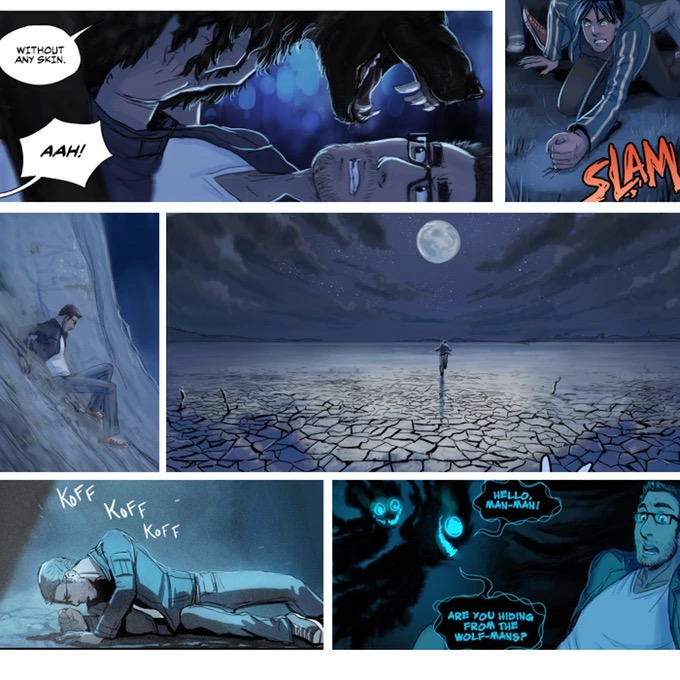


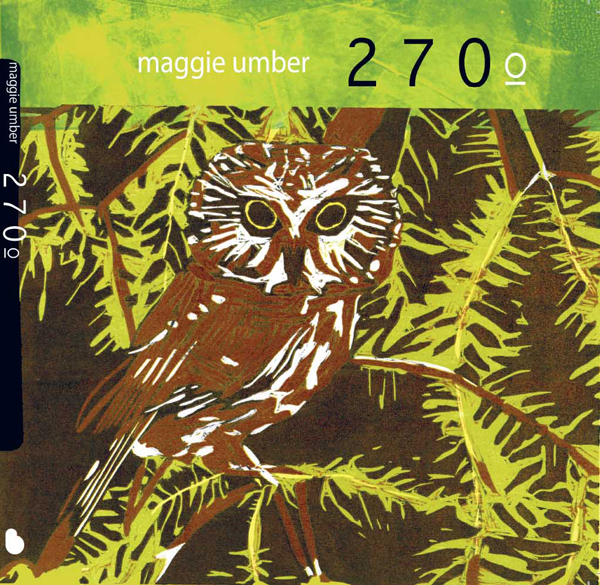



I appreciate Rosy Press and Janelle, but I want to point out that Spike Trotman really stepped up to help make sure this campaign was successful.
http://spikedrewthis.tumblr.com/post/140760299132/ironcircuscomics-hey-folks-spike-here
Her tweets and passion for women in comics was really sincere and she reached out to her Kickstarter backers, newsletter subscribers and more. It really helped make a HUGE difference in how it surged to success pretty much overnight.
Taneka: Thanks fo much for that link! I was astonished by the overnight groundswell for the Rosy Press KS and wondered what has caused it. i was unaware of Spike’s post but I’ll add it above.
I would have liked to see the pie chart separate out printing and shipping costs, just to show how significant shipping can be. I don’t see anything there for storage, which is another cost involved once you’ve got printed books.
Had a chance to talk with Todd Allen about the Economics of Comics and Kickstarter on the ComixLaunch Podcast a while back. Kickstarter’s impact on the comics industry can’t be understated… it’s expanded so many independent creators’ concept of what’s possible.
That Padnick article was something else. It was like reading an Outhousers send-up, except he seemed to honestly be incapable of understanding the type of comparison.being made. I get trolled a fair amount by people (and publishers) who don’t like the way the wind is blowing, but that one was one of the more memorable.
Jackie, I’ll make sure to share a final pie chart once all the final costs come in, for comparison. Here’s a link to our Kickstarter directly: https://www.kickstarter.com/projects/comickerllc/comicker-press-launches
Honest question: if you’re not crowdfunding TOWARDS creating a sustainable and *ongoing* platform of revenue what exactly is being “kickstarted”?
As someone who has been selling comics for three decades, the real prize isn’t just being in print for a second, it’s having ongoing repeatable year-over-year sales.
If creators can gain that by crowd-funding then I more than applaud that… but if crowd-funding is only funding the production of enough work to take care of backers, and then the work doesn’t get into the general Eco-system of the greater market (not *just* talking DM here)…. what’s the point?
-B
Very interested to see Brian Hibbs’ comment above, since this post did remind me of the column he wrote a few months back considering the impact of Kickstarter from a comics retailer’s point-of-view, (http://www.comicbookresources.com/article/tilting-at-windmills-kicked-at-the-start-and-other-thoughts )
Definitely interesting stuff to consider.
Touching on Brian’s point, there seem to be two models for Kickstarters: creators who roll from one project to another with them (which, as a creator myself, I say good for them if it works), and folks who are trying to build something long-term (like we are with Comicker). We don’t have Silicon Valley or Hollywood money backing us, so Kickstarter is the only way for us to raise funds quickly that will allow us to bring books to print – for backers, creators, and ourselves, as well as for the Direct Market and bookstores – and be the foundation for the next series of books (or second run of the first series, or second volume, or…). The other option is to take out a bank loan, which would only allow for a single printing, and not any long-term growth. The profit margins in publishing aren’t large enough to warrant it without screwing the creators over in the process (which some other publishers are very good at doing).
I’ve seen some great campaigns, but generally the postage to Australia doubles the cost. I wish more of it could make it through to retail, rather than as a possible second or third wave of printing.
I’m working with multiple printers to expand fulfillment options internationally. If I can get a book printed on-demand in Australia to order, it’s much cheaper than traditional shipping would be.
I think it would be great to produce an ongoing platform for more work but it’s very rare that a campaign raises the kind of money necessary to do that.
Right now, a lot of what Kickstarter excels at is providing funding for something that would not otherwise exist. You see this manifested in the tendency for big projects to target underserved fandoms: LGBT, female readers, readers of color, anthology fans, etc. The way I think of it is that the traditional market often tries to optimize for the largest number of readers possible but that optimization leaves un-served remnants, like how a regression plot doesn’t perfectly hit every point in a data set.
What Kickstarter does is allow the outliers to finance what they aren’t getting from the mainstream market and allows for many projects which have merits other than conventional financial performance merits, especially as cash strapped publishers feel pressure to avoid doing anything that won’t safely hit targets. It’s kind of an innovation incubator. It’s also good for allowing someone to hit a higher standard of quality than they might be able to with their financial resources.
I ordinarily wouldn’t be able to hire Jim Lee (crazy example) but Jim Lee might look at an idea I have and say, “If you can pay me upfront, I’ll do it.” Then I can go out and try to convince a bunch of people to cover Jim Lee’s salary in order to make a product that the market might not have a broad enough base to support.
The average indy Kickstarter, last I checked, had under 300 backers. The runaway successes in comics had a few thousand. But they’re willing to pay more to help bring something into existence. The average backer is willing to pay $25 for a single issue or small trade.
Not every project wouldn’t exist without Kickstarter funding but they at least need to produce something as a byproduct that wouldn’t exist otherwise like a dozen variant covers or an expanded page count.
There are crowdfunding sources for something more sustainable like Patreon. And many Kickstarters have a long tail plan or pipedream for sustainability through movie rights sales or backlist sales. But the whole point in many ways is creating something that — at least at first — is unsustainable, contrary to standard market pressures… Kind of like a “snowflake in July”.
“…pipedream for sustainability through… backlist sales. But the whole point in many ways is creating something that — at least at first — is unsustainable, contrary to standard market pressures”
Yeah, that sounds like weak sauce to me — if you’re “publishing”, backlist *is the money*.
“Underserved fandoms” are really not any such thing when you look at the wider market.
-B
Comments are closed.